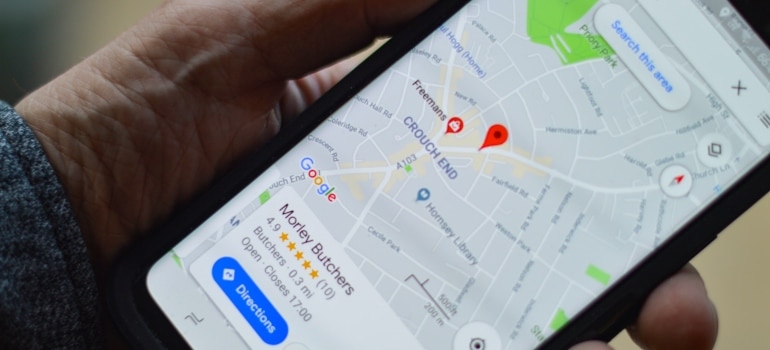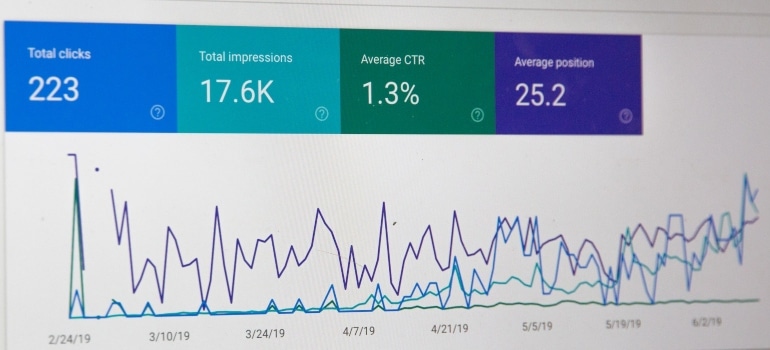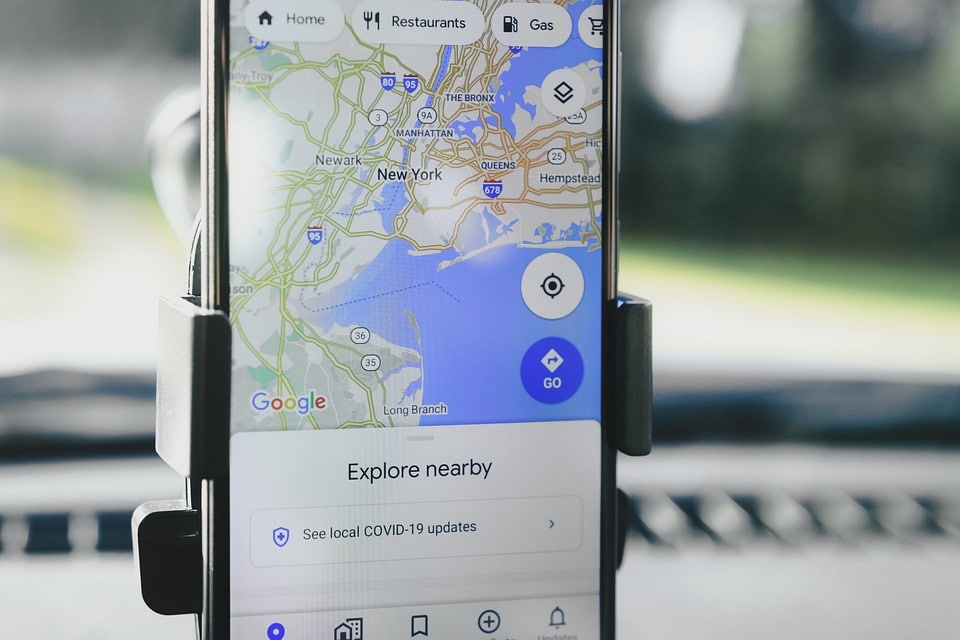In an era driven by rapid digital advancements, businesses across all industries must learn to adapt and leverage the power of online visibility. For moving companies, this adaptation includes understanding how to rank in Google Maps. Google Maps has emerged as a crucial tool for businesses and consumers alike, providing a visual reference to local services and a valuable source of information. We at Movers Development understand the importance of local SEO so, in this guide will take you through each step, leading the path to enhanced visibility and higher rankings.
Claiming your Google My Business listing
The journey to Google Maps visibility begins by claiming your Google My Business (GMB) listing. This action is especially critical for moving companies. Your GMB listing serves as your business card on Google, offering crucial details about your company to potential customers.

Claiming your listing enables you to manage this information, ensuring its accuracy and completeness. To do this, sign into Google My Business, locate your business, and follow the prompt to verify ownership. This simple step opens up a world of optimization possibilities, setting the stage for the following techniques. So let’s learn more about how to rank in Google Maps.
Optimizing your Google My Business Profile
Once you’ve laid claim to your listing, it’s time to delve into SEO for moving companies. This journey begins with optimizing your GMB profile. Providing a detailed, engaging, and accurate business description is essential.
This information should include your hours of operation, services, and any other details that can help customers understand your business better. Remember to weave relevant keywords throughout your description. This will help Google understand and categorize your business better.
Enhancing your profile with photos and videos
In online marketing, visual content is a powerful engagement tool. Adding photos and videos to your Google My Business listing can significantly enhance your profile, painting a more vivid picture of your company.
Use this space to showcase everything that makes your company unique, from your dedicated team to modern moving trucks. You could even feature a video tour of a recent move to demonstrate your professionalism and efficiency. This humanizes your business and can boost your potential customers’ trust.
The importance of on-page optimization
Think of your website as your digital home. Just like a well-kept house makes a positive impression, a well-optimized website is more likely to rank higher in Google’s search results. On-page optimization for moving companies involves several vital elements. These include a mobile-friendly design, fast page load times, and intuitive navigation. Sprinkle your content with location-specific keywords to signal your relevance to local searches.
Creating location-specific information
Content creation offers another avenue for local optimization. You can improve your local search rankings by crafting location-specific content for your moving company website. On top of that, you can demonstrate your local expertise.

Consider writing blog posts about popular neighborhoods or providing local moving tips. This enriches your website and helps you connect more deeply with your potential customers.
The impact of local link building
Local SEO for movers extends beyond your website and GMB listing. It involves reaching out and forging connections within your community. This strategy, known as local link building, can significantly boost your local search rankings. Therefore, collaborate with local businesses or bloggers to acquire valuable backlinks, which can reinforce your geographical relevance to Google.
Use reviews and ratings to create a positive perception
Reviews not only reflect customer satisfaction but also contribute to your local SEO. To leverage this, encourage your customers to leave reviews after a successful move. Positive feedback enhances your company’s reputation and can persuade potential customers of your reliability. Additionally, Google sees a regular influx of reviews as a sign of an active, engaged business, thus boosting your rankings.
However, it’s not just about getting reviews. It’s also about the way you handle them. Responding to these positive and negative reviews promptly and professionally is crucial. It shows that your company values its customers’ feedback and is committed to resolving any issues that may arise.
Leveraging social media and online presence
In the contemporary digital landscape, social media platforms are more than just venues for personal interaction. They have become crucial tools for businesses to engage with local communities and enhance their online visibility. As a moving company, optimizing your social media profiles with detailed, up-to-date information about your business is essential. Regularly posting engaging, relevant content can increase your visibility and reinforce your connection with the local community.
Moreover, social media platforms offer opportunities for local outreach. Therefore, engaging with local posts, participating in community events, and collaborating with local influencers can extend your digital footprint and, by extension, your local SEO.
The importance of tracking and analysis
Improving your Google Maps ranking isn’t a one-and-done task. Instead, it’s a continuous process of adjustment and adaptation. You must track and analyze your local search performance to do this effectively. Tools such as Google Analytics and Google Search Console provide invaluable insights into how users find and interact with your website.

These insights can help you understand what’s working, what’s not, and how to adjust your strategy accordingly. For instance, you might discover that certain keywords drive more traffic than others or that users spend more time on specific pages. With this information, you can make data-driven decisions to optimize your website and GMB listing, ultimately improving your Google Maps ranking.
Charting your course in the digital landscape
Understanding how to rank in Google Maps as a moving company involves a multi-faceted approach. It requires you to claim and optimize your Google My Business listing, enhance your profile with engaging visual content, and pay close attention to on-page optimization. You’ll need to craft location-specific content for your website, engage in local link building, and encourage and respond to customer reviews. Leveraging social media for local outreach and regularly tracking and analyzing your performance are also key components of this process.
Embracing these strategies can elevate your online visibility and help you confidently navigate the digital landscape. Remember, the journey to the top of Google Maps rankings is not a sprint but a marathon – persistence, consistency, and adaptability are your keys to success.






